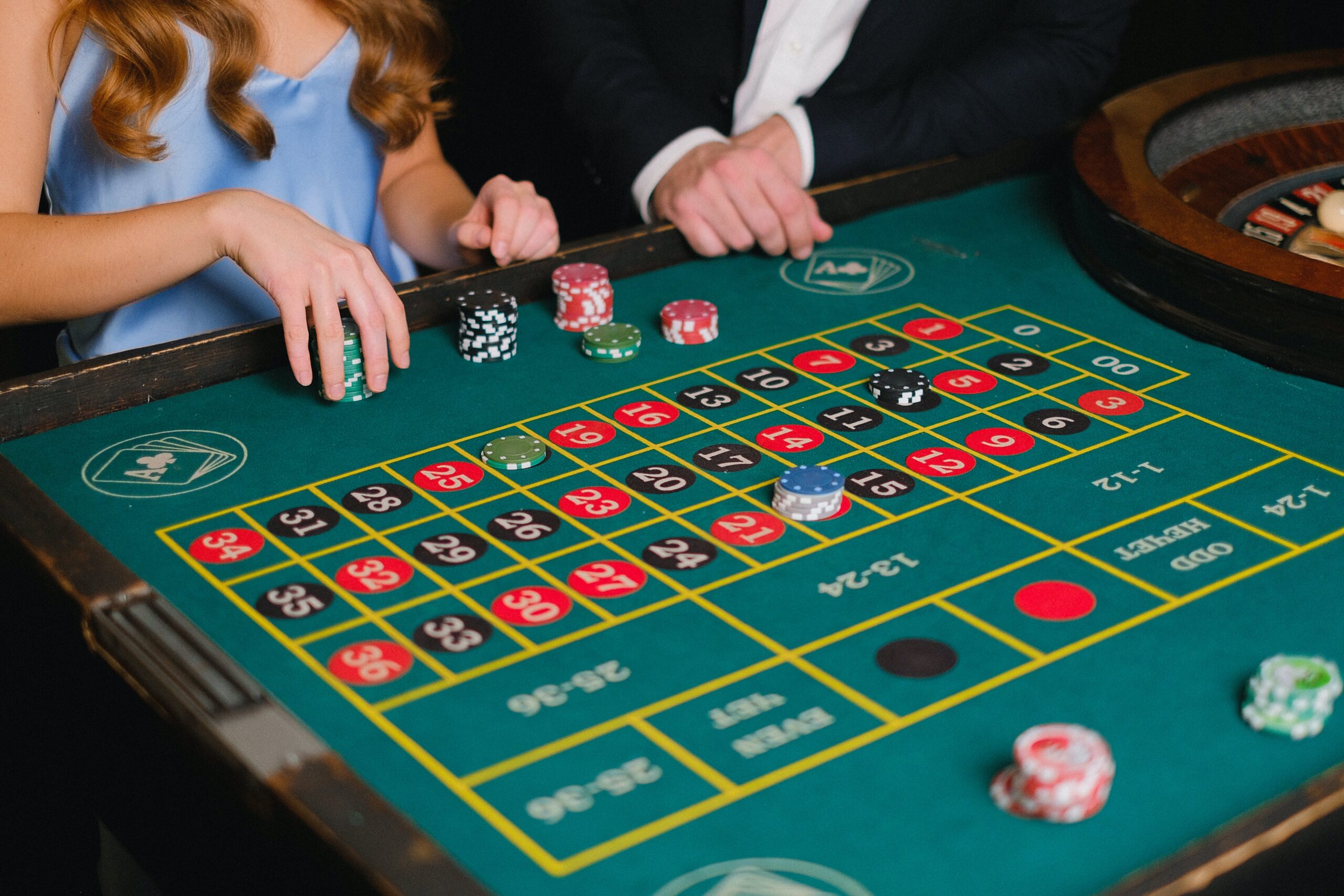When the topic of organized crime in New York pops up, naturally, the Italian-American mafia is the first association that comes to mind. The Five Families, known now as the Colombo, Bonanno, Genovese, Gambino, and Lucchese organizations, ruled New York City for over sixty years, each boasting a structured hierarchy and a demarcated territory. However, before their rise to power, New York had different syndicates conducting illegal activities away from the public’s eyes. In the late 19th century and the start of the 20th, its Chinatown district was home to several opium dens and gambling halls that ignored laws and provided diverse sets of indulgences to anyone who had enough money in their pocket to pay for them. Today, New Yorkers can only resort to online gambling if they desire to play casino games like roulette. Back then, most betting activities in Chinatown revolved around Fan-Tan, a game of chance akin to roulette. It gets played by putting two handfuls of objects on a wooden board, after which players predict the remaining count when divided by four.
The most famous current NYC Chinese gangs are the Flying Dragons and the Ghost Shadows, both birthed in the late 1960s, early 1970s era. Back at the tail end of the 1900s, sworn brotherhoods operating under the term tongs, signifying chamber or gathering place, were the Asian criminal mainstays in New York City. They had no family or geographic requirements for membership and generally consisted of a couple of dozen members or less. At first, they thought of themselves as benevolent, community-based support associations, but once the 20th century rolled around, they began to get into underworld activities.
There is no doubt that the two that dominated the Big Apple during this time were On Leong and the Hip Sing Tong. The latter was a San Francisco transplant of thugs. Chinese tradition heavily influenced these organizations, particularly practices from the Qing Dynasty (1644 to 1912). At the turn of the century, up until the 1930s, New York saw four dramatic Tong wars breaking out for different reasons. Allegedly, the first one started on account of who will control gambling in Chinatown.
The Tong Wars in New York
The phrase Tong Wars describes a series of various violent disputes that stretches from the 1850s to the 1930s over multiple US cities. These conflicts between Chinese immigrants in the US began in San Francisco’s Chinatown. There, regular folk united against the Tongs at the end of the 19th century. At that time, strict control over brothels, opiate dens, and gambling halls began to get enforced. These two occurrences, along with the San Francisco earthquake destroying Tong locales, led the remaining Tongs to flee to other cities.
The New York City Tongs sprung up because the power the authorities wielded over them went primarily unchecked. Chinese immigrants were the chief targets of police shakedowns. To protect their interests, as discussed, New York’s Chinese residents formed mutual aid societies. These then branched off into criminal enterprises. It is crucial to understand that the Chinese in the US legally were marginalized only a century ago. In 1882, The Chinese Exclusion Act made it clear that they were not citizens.
All that said, the On Leong tong managed to put the cops in their pocket, while the Hip Sing got the district attorney’s office on their side. The first shots in New York City between these two parties happened in 1900 when On Leong members gunned down a Hip Sing Laundryman. Though officially marked as a gambling dispute, the reality was that this was an execution, and retribution followed several months later. The second Tong war was over the ownership of a prostitute, the third, over opium distribution, and the fourth was over defection. While in the late 19th century, these groups settled their conflicts using cleavers, from 1900 on, they began using revolvers. By 1913, Chinatown got predominately cleansed of its opium and gambling dens. Sadly, the fighting went on for several more years.
Chinatown Underground Gambling Halls Still Exist
In the past decade, local law enforcement officers have cracked down on multiple Chinatown gambling operations. In 2012, top immigration officials declared a building at 35037 East Broadway home to one of the most substantial illegal gambling operations in recent NY history. It dominantly focused on low-stakes card and mah-jongg games. It is no secret that illegal gambling is still prolific in Chinatown and that it serves to illustrate the divide between Americans and the Chinese, who see it as an integral part of their culture.
About the Author
Shelly Schiff has been working in the gambling industry since 2009, mainly on the digital side of things, employed by OUSC. However, over her eleven-year career, Shelly has provided content for many other top interactive gaming websites. She knows all there is to know about slots and has in-depth knowledge of the most popular table games. Her golden retriever Garry occupies most of her leisure time. Though, when she can, she loves reading Jim Thompson-like crime novels.

